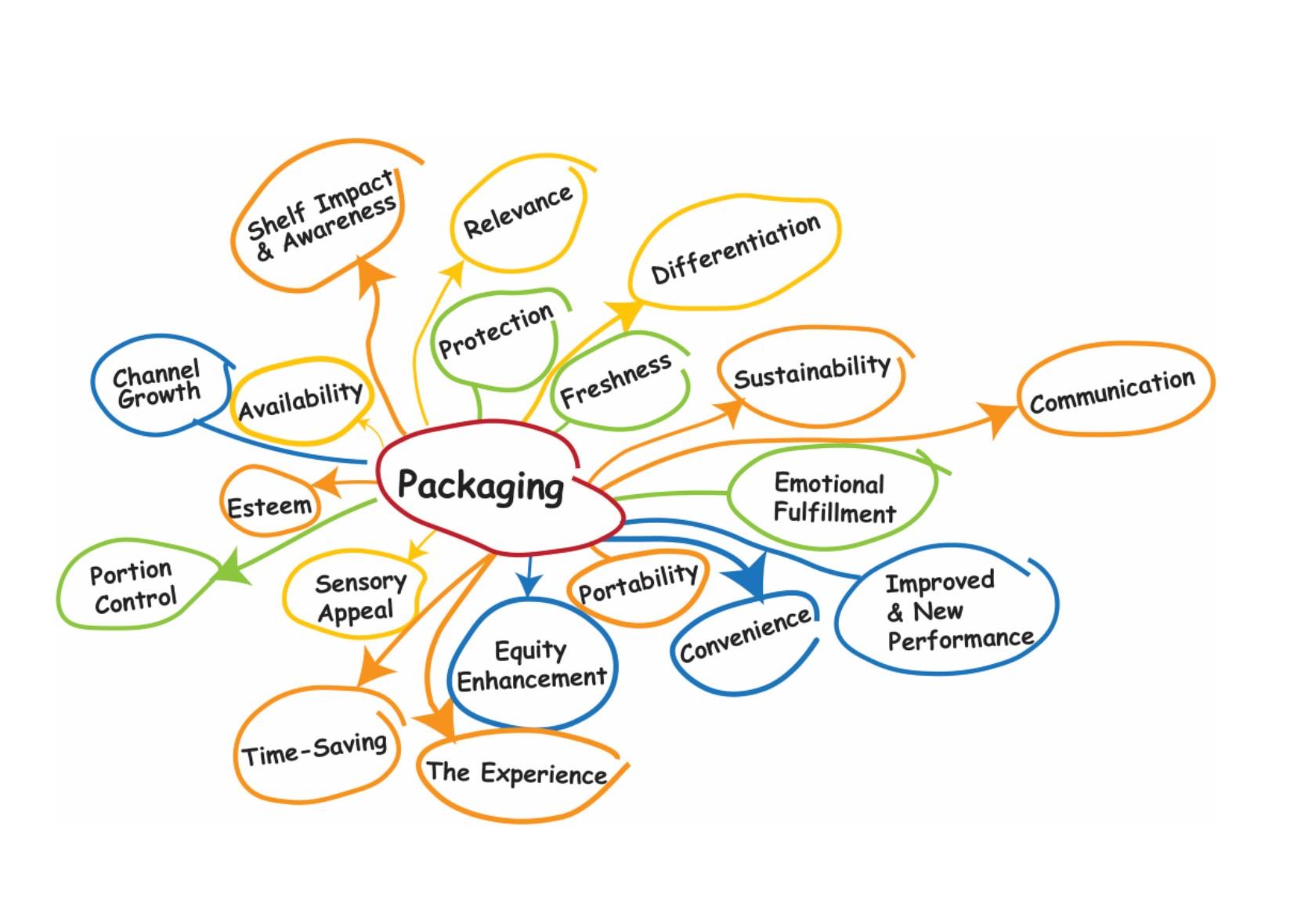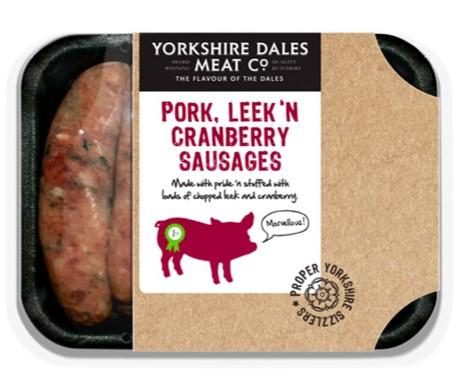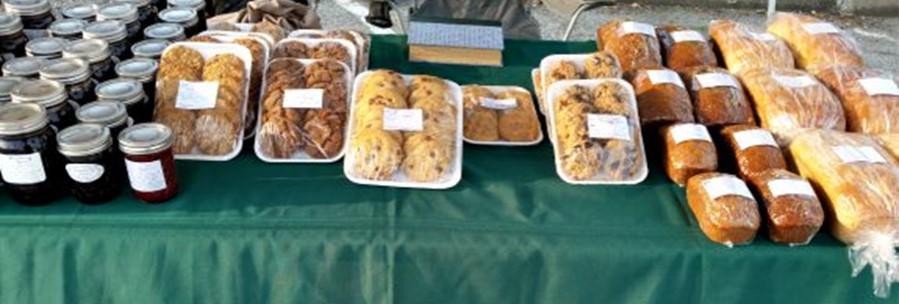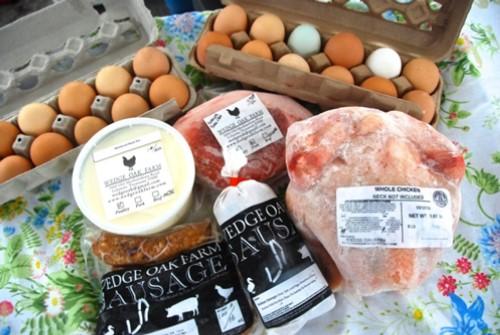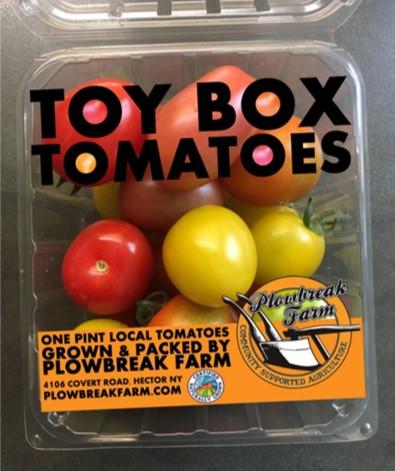Mastering Marketing
Packaging That Sells
Packaging is more than just a way to get your product from A to B—it’s also an incredibly valuable customer touchpoint. In today’s age of “Social Media” moments and YouTube videos, your product packaging is an additional way to get extra marketing mileage for your “brand”. A product's packaging communicates many things, from what the product can do for your customers to your company's values. It is important to take some time deciding exactly what you want to accomplish by packaging your item because, for most food products, almost a quarter of the cost per unit that is realized comes from the price paid for packaging.
While the primary function of packaging is often containment, how you package your product and now how that packaging pairs up with your target customers' values is emerging as an important product differentiation variable. For example, the emergence of packaged meals and direct to the customer’s door delivery has weathered most of the model’s growing pains. But how will these models differentiate themselves and attract new customers?
They have already tapped into their target audience’s desire for convenience in their food preparation. Since they have identified their customer’s key value points, they can start marketing to those as well. ButcherBox is a meat delivery service, which ships 100% grass-fed beef, free-range organic chicken, and heritage breed pork directly to their customer’s door. Vericool, makers of high-performing compostable insulation and recyclable thermal packaging, has announced a $10M packaging partnership with ButcherBox to provide sustainable packaging to safely deliver their product to their environmentally conscientious customers.
